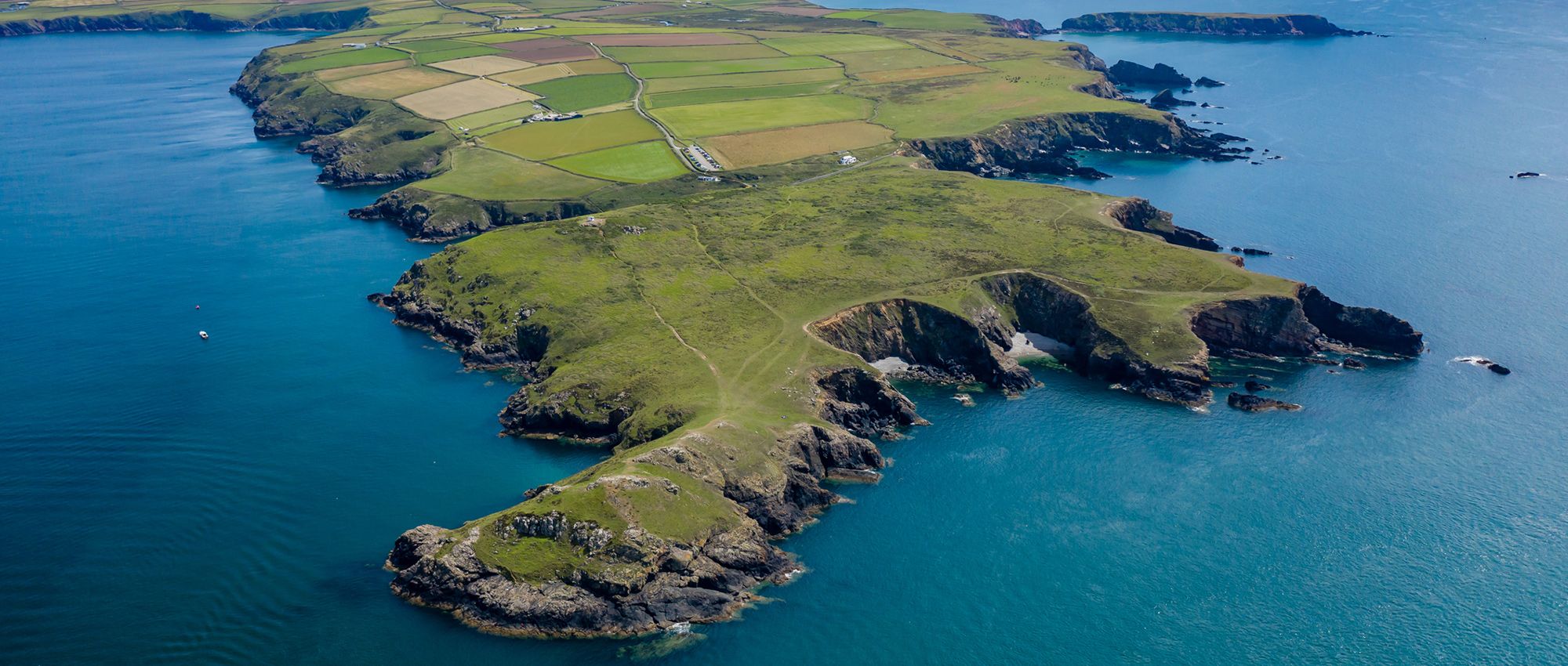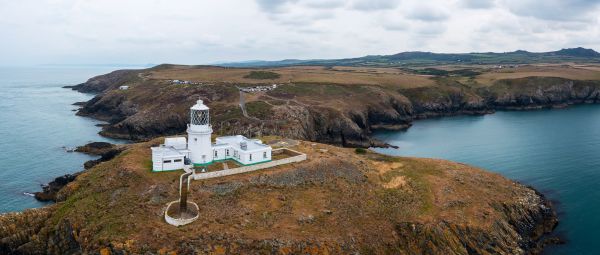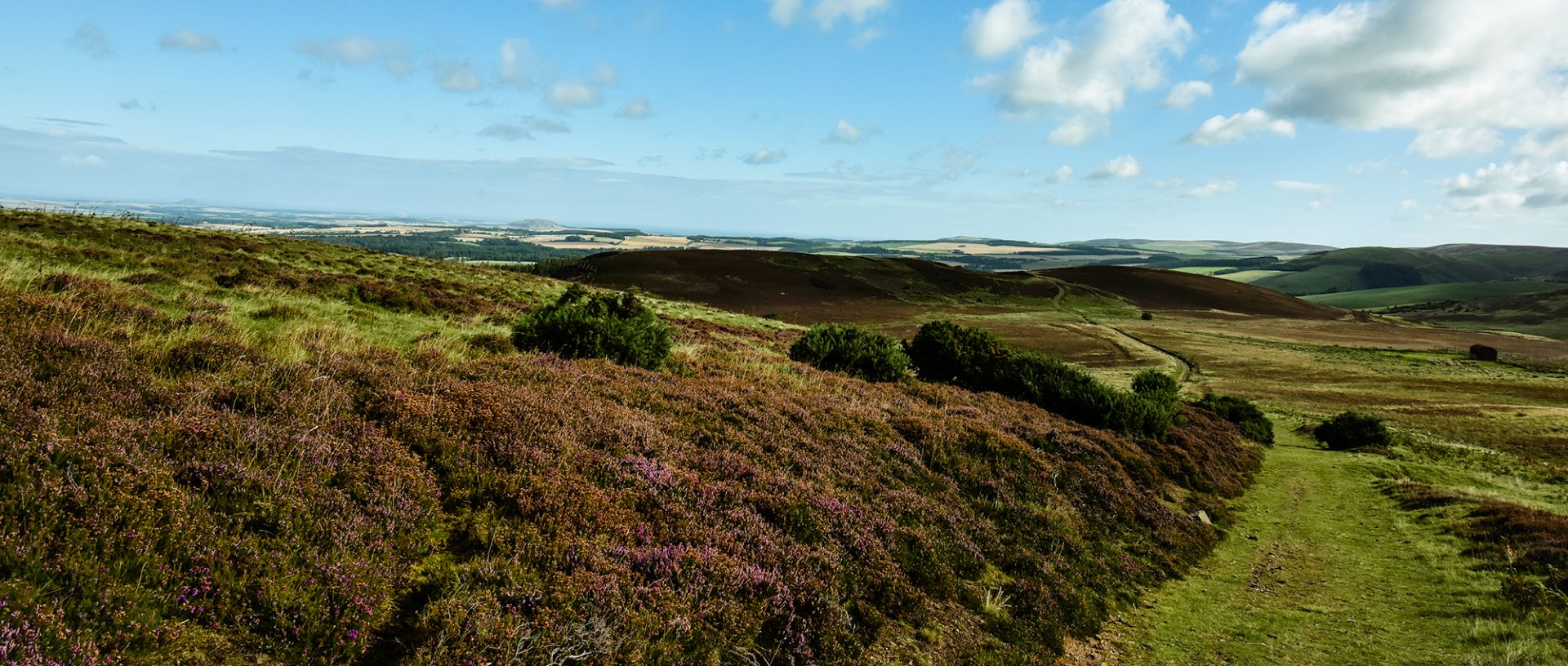Ultimate guide to coastal walks in Pembrokeshire
186 miles of glorious walking that can easily be tackled in a series of rewarding day walks

Wildflower-strewn clifftops. Puffins wheeling overhead and coves echoing with the song of grey seals. White-sand beaches and fishing harbours where boats bob at anchor. Castles and chapels, pubs and tearooms, lighthouses and lookouts. Most of all, mile upon mile of glorious walking. That’s the 186-mile-long Pembrokeshire Coast Path. And it’s backed by another 2,000 miles of public footpaths in the namesake national park.
The full trail is usually tackled over about two weeks. But with a bit of planning it’s easy to choose any number of short sections for rewarding day walks.
Why walk Pembrokeshire’s coast?
If you want bustling wildlife, dramatic landscapes, friendly villages and easy navigation, plot your course for Pembrokeshire. Wales’ oldest national trail, launched in 1970, snakes around its craggy coast. It stretches between Amroth, on the sandy shore shared with Carmarthenshire to the east, and St Dogmael’s on the Afon (River) Teifi bordering Ceredigion. In between lies a huge variety of land and seascapes, not to mention historic and natural wonders.
The Normans left mighty castles, some of which still stand at Manorbier and Pembroke. St Davids Cathedral is tucked away in a dimple in Britain’s smallest city. Elsewhere on the path you’ll pass Neolithic cromlechs, Iron Age hillforts, medieval chapels and timeless fishing villages. And you can feast on fresh fish and chips, bara brith (fruit cake) or cawl (stew).
Stride out in spring and you’ll wander slopes festooned with wildflowers, while puffins return to Skomer and Skokholm islands to breed. At any time of year you might spot peregrine falcons, chough, grey seals, porpoises and even otters.
When is the best time to walk?
Spring is the driest season, and a wonderfully quiet time to visit. Summer brings long days, heather-purpled hillsides and more-frequent buses, but also more unpredictable weather and more tourists. That said, it’s usually easy to find peace on the coast path. Autumn is quieter but also the rainiest season, with some storms. Winter has the shortest and coldest days, but can also be a dramatic time to roam the trail. Just be prepared for all conditions.
As well as weather forecasts, another factor to consider is tide times. Water covers the trail in a few places at the highest tides. And at the Gann and Sandy Haven, the path is passable for only a few hours either side of low tide. Check tide times in advance.
The section west of Stackpole Head crosses the Ministry of Defence Castlemartin training area between Broad Haven and Merrion. It’s closed to walkers when in use; firing times are posted online monthly. Find advice about walking on MoD land on our website.
How to plan your walk
When you walk along the Pembrokeshire Coast Path, you’ll soon spot the waymarks. The signs bear the acorn symbol of a national trail, and the shell emblem of the Wales Coast Path. Though the trail is generally easy to follow, bringing an OS Map and/or a guidebook can add to the fun. They can identify ancient sites and other points of interest, as well as helping gauge terrain, distances and walking times. OS Explorer maps OL35 and OL36 cover the entire trail. The Trailblazer guidebook to the Pembrokeshire Coast Path is recommended for detailed hand-drawn maps and excellent background detail.
There’s good public transport along much of the coast in summer. From about June to September, several buses run daily along the northern sections of the path, between Martin’s Haven and Cardigan. These provide helpful access to day walks, and make planning one-way hikes easy. Simply get dropped off at one end of your route, then meet the bus at the other end. Find routes and timetables. Bus services are much less frequent or even nonexistent on Sundays and between October and May.
There are a few useful train routes too. Lines link Fishguard with Milford Haven, and Pembroke Dock with Manorbier, Tenby and Saundersfoot. Direct trains take under two hours to reach Fishguard from Swansea.
Wear well-worn-in walking boots, especially on the northern sections, which are rockier and more challenging. Waterproofs, warm layers and a hat are a good idea at any time.
The path passes plenty of towns and villages with cafés, restaurants and shops, but you’ll need to bring supplies for the remotest stretches. Look for portable local treats such as oggies (pasties), bara brith (fruit cake) and Preseli cheeses. And carry plenty of water.
The coastline’s many headlands and promontories make it easy to plan circular walks, but one-way hikes are also rewarding. These are five of our favourite routes, ranging from easy ambles to more demanding but spectacular leg-stretches.
5 top day walks on the Pembrokeshire Coast Path
1. Freshwater East to Bosherston
For magnificent clifftop scenery plus a couple of the region’s loveliest beaches, stride out on this meandering 6.5-mile walk from the popular little seaside hangout of Freshwater East. Wind along the crags past the rocky promontories of Trewent and Grenala Points, pausing at Stackpole Quay, with its welcome National Trust tearoom. It’s a short hop from there to everyone’s favourite secret cove, Barafundle Bay, a gold-sand beach backed by verdant woods and reached only on foot. Blowholes and natural arches lead to Stackpole Head and inland to Bosherston, where otters fish in the lily ponds.

2. Strumble Head
Dramatically capped with a lighthouse, Rugged Strumble Head is the highlight of an 8-mile circular route passing the atmospheric remains of an Iron Age hillfort on Garn Fawr. The hike presents some challenges, too, with sheer cliffs of volcanic rock soaring to 140m, with spectacular views. Watch for migrating seabirds and listen for the grunts of Atlantic grey seals hauled out in isolated coves below the path.
3. St David's Peninsula
Once you’ve admired the tiny city’s 13th-century cathedral, stroll south to the coast at Caerfi Bay to begin a breathtaking 9-mile circuit. Tear your eyes away from the rolling waves to spy the crumbling remains of St Non’s Chapel, dedicated to the mother of Wales’ patron saint, who was reputedly born on this spot. And watch for grey seals and harbour porpoises from the headland looking across to even wilder Ramsey Island. Returning to St Davids from St Justinians completes a satisfying loop. For an even more spectacular 15-mile trek, continue past the golden beach at Whitesands Bay and around windswept, sparsely beautiful St Davids Head.
4. Marloes Peninsula
If you love beaches, you can’t do better than this stroll between the two fine beaches of Marloes Sands and Musselwick Sands. To get those legs working, try a 7-mile loop from the pleasant village of Marloes. You’ll round a craggy cape to admire impressive volcanic rock stacks, a natural arch, an Iron Age hillfort and countless seabirds. The path passes Martin’s Haven, from where boats depart for Skomer island, home to tens of thousands of breeding puffins between April and July.

5. Newport to Poppit Sands
Possibly the most demanding stretch of the entire Pembrokeshire Coast Path also offers the most scenic marvels. The 13-mile hike from the pretty harbour village of Newport roams lofty cliffs, with plenty of climbs and descents. You’re rewarded with fine views inland to the Preseli Hills and wonderful solitude, bar the gruff barks of seals in rocky coves below. Finishing at Poppit Sands, just before the northern end of the trail, you’ll find a tempting beach and café. A handy bus, the Poppit Rocket, runs back to Newport.
Explore more
We’ve got ideas for hundreds of wonderful walking routes across England, Scotland and Wales, long and short, easy and challenging. Search for routes on our website. Or join a guided walk with a local Ramblers group. Find your nearest Ramblers group and choose a walk that suits your pace, fitness and interests.
All images © Getty

Best forest walks in the Lake District
A woodland walk in the Lake District can offer autumn colours, spring flowers, winter shelter or summer shade. Try these top tree-lined strolls.

10 best dog walks
Great places to explore with your four-legged friend, from thrilling heights and fantastic forests to sweeping beaches.

How walking can boost your health
Discover how walking can reward you with huge health benefits including a boost in mood. And it’s fun!

Campaign with us
We campaign to remove barriers to walking and we step up to protect the places we love to wander.